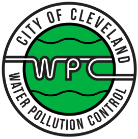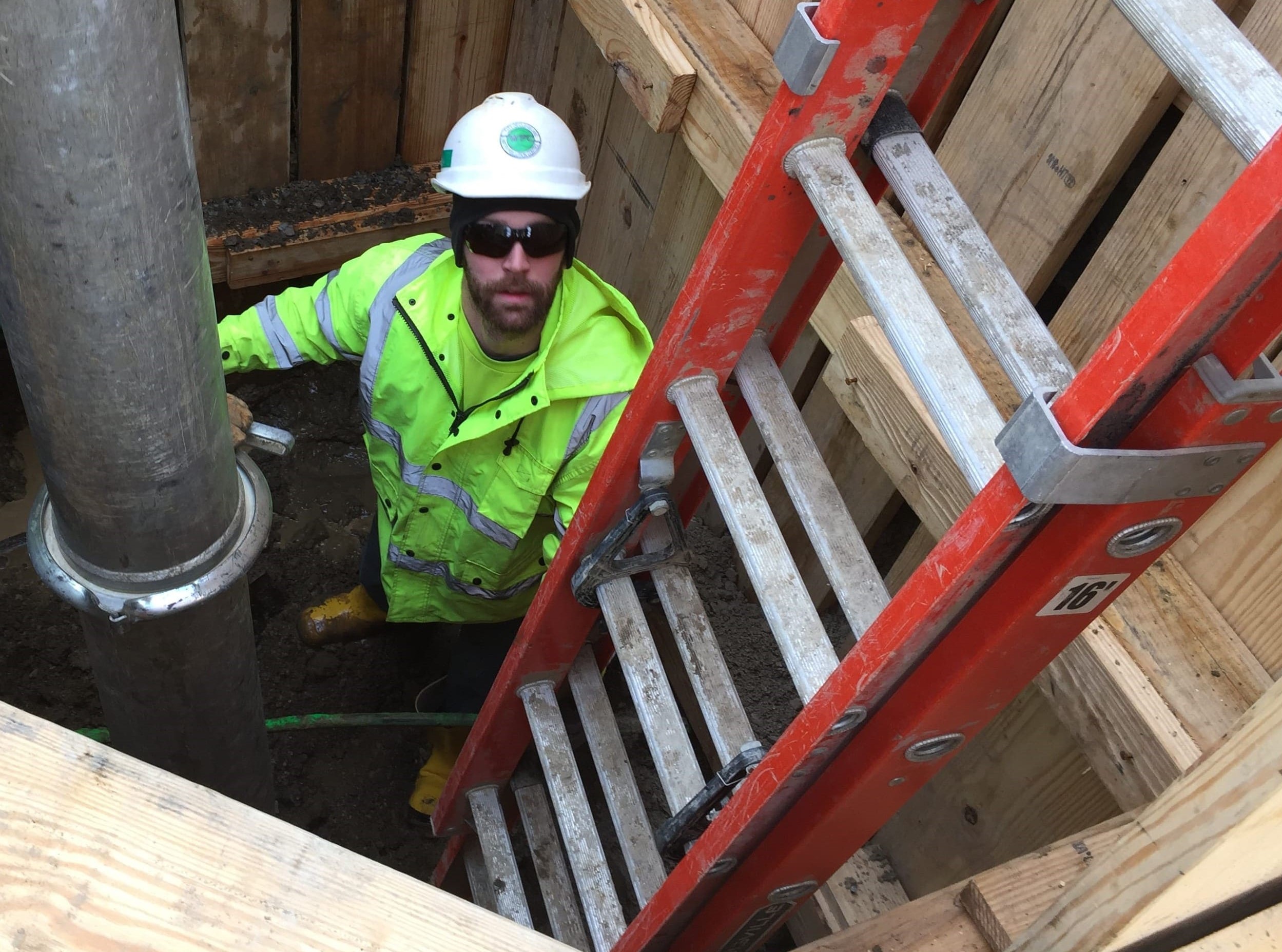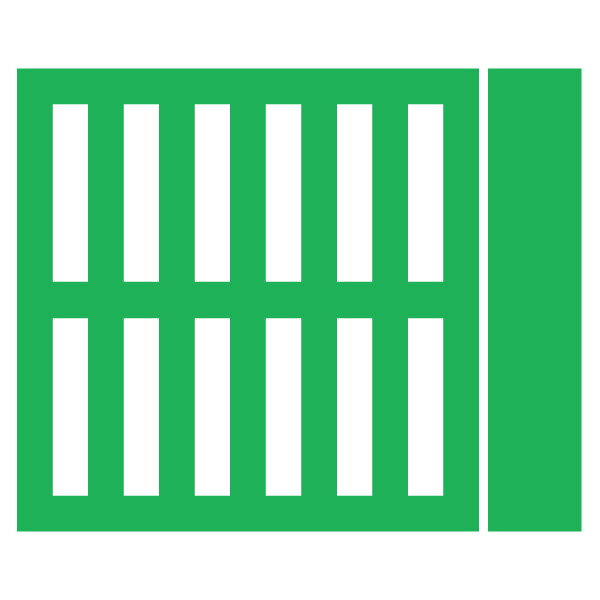SEWER MAINTENANCE
Water Pollution Control cleans and services thousands of storm drains/catch basins annually to minimize or eliminate potential street and basement flooding.
The sewer collection system transfers sanitary sewage and stormwater from their points of origin to three local wastewater treatment facilities, which are operated by Northeast Ohio Regional Sewer District.
As stormwater manager, WPC also is charged with managing and supervising matters relating to the elimination, control and regulation of water pollution within the City of Cleveland.
Sewer Infrastructure
Combined sewers (91%) carry stormwater and wastewater to three treatment plants. In separate sewers (9%) stormwater has its own untreated path directly to nearby waters. Drainage area of about 75.6 miles, of which about 6.8 square miles drains into natural waterways, including Lake Erie and the Cuyahoga River. Currently 10 of the City’s 17 Wards have separate sewers, which allows stormwater to flow directly to waterways untreated. WPC currently has about 126,000 customer accounts in Cleveland, of which 96% are residential and 4% commercial.
Cleveland Urban Water Cycle






